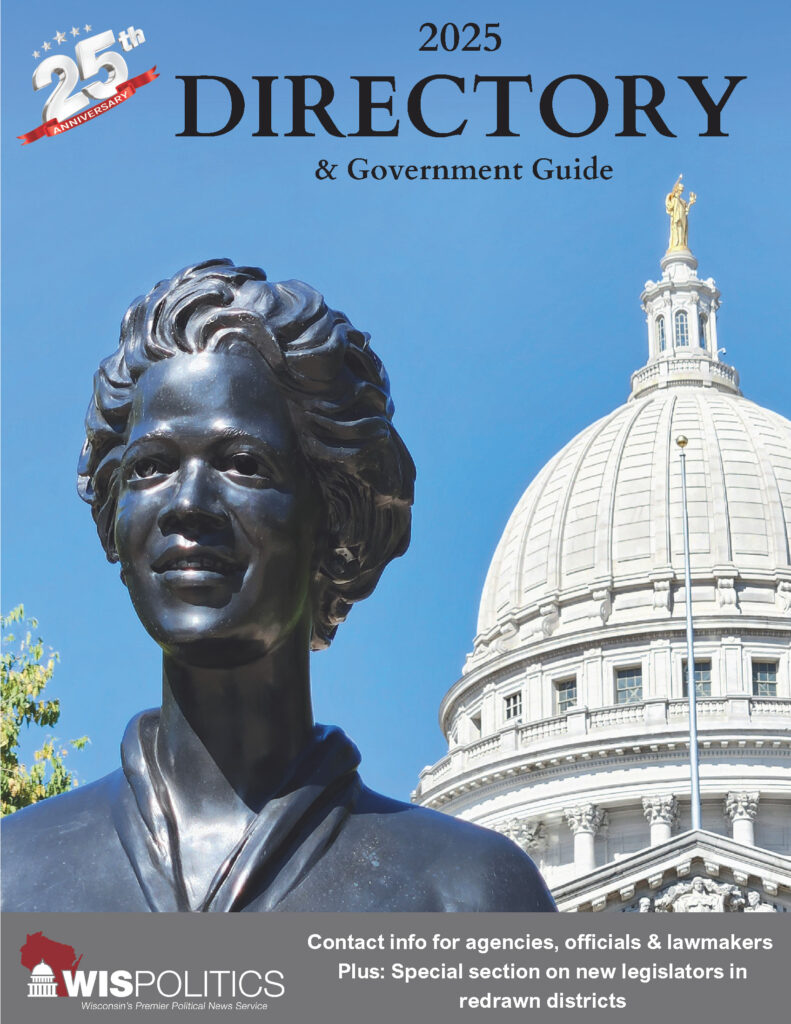MILWAUKEE – As Wisconsinites return to local beaches this summer, a new report released on Tuesday warns that more work is needed to ensure that all waters are safe for swimming. In 2024, 77% of Wisconsin Great Lakes beaches tested were potentially unsafe for swimming on at least one day, according to Safe for Swimming?,Wisconsin Environment Research & Policy Center’s latest ana...
Please log in to access subscriber content.
If you don't have a subscription, please contact schmies@wispolitics.com for subscription options on the WisPolitics-State Affairs platform, which is the new home for WisPolitics subscriber products.


